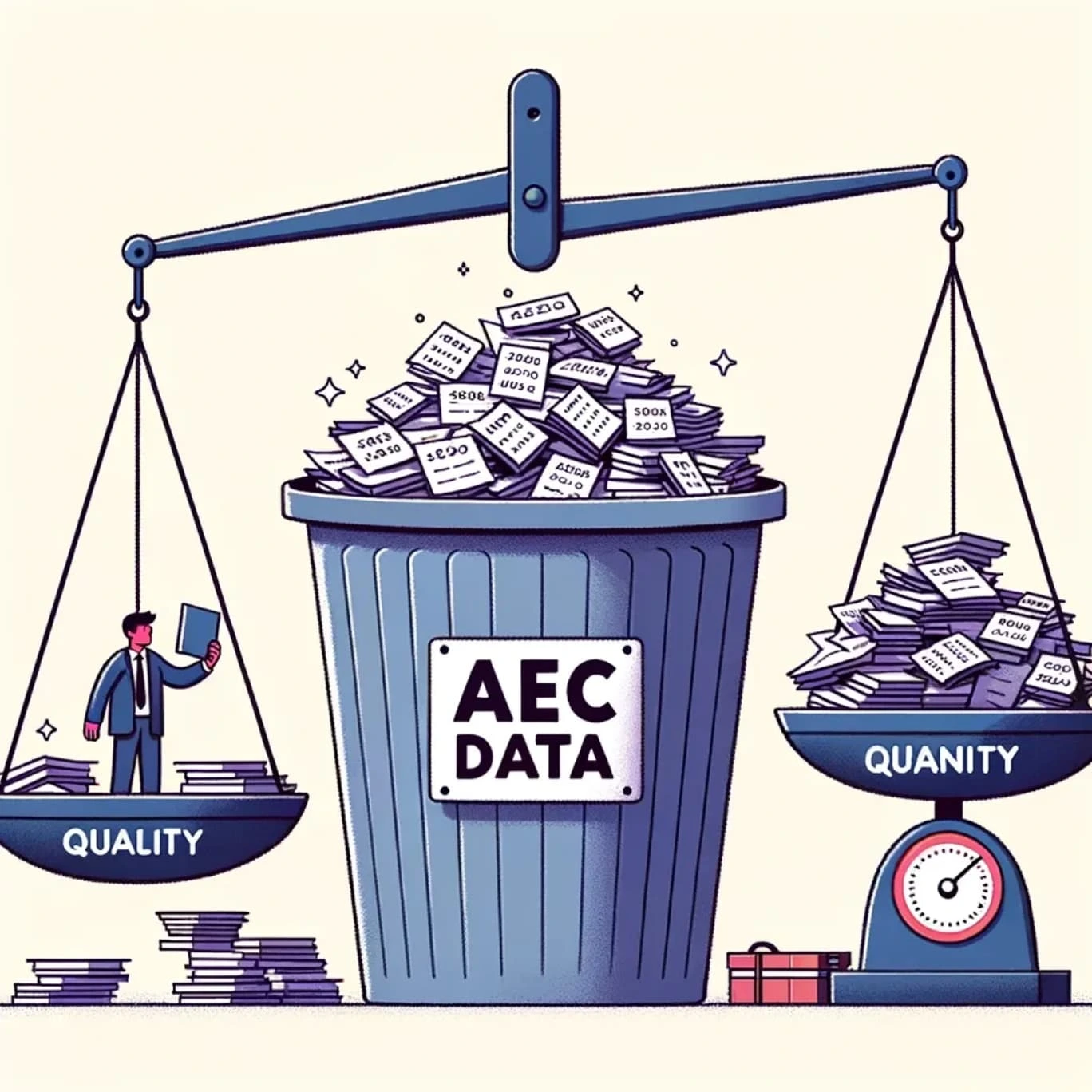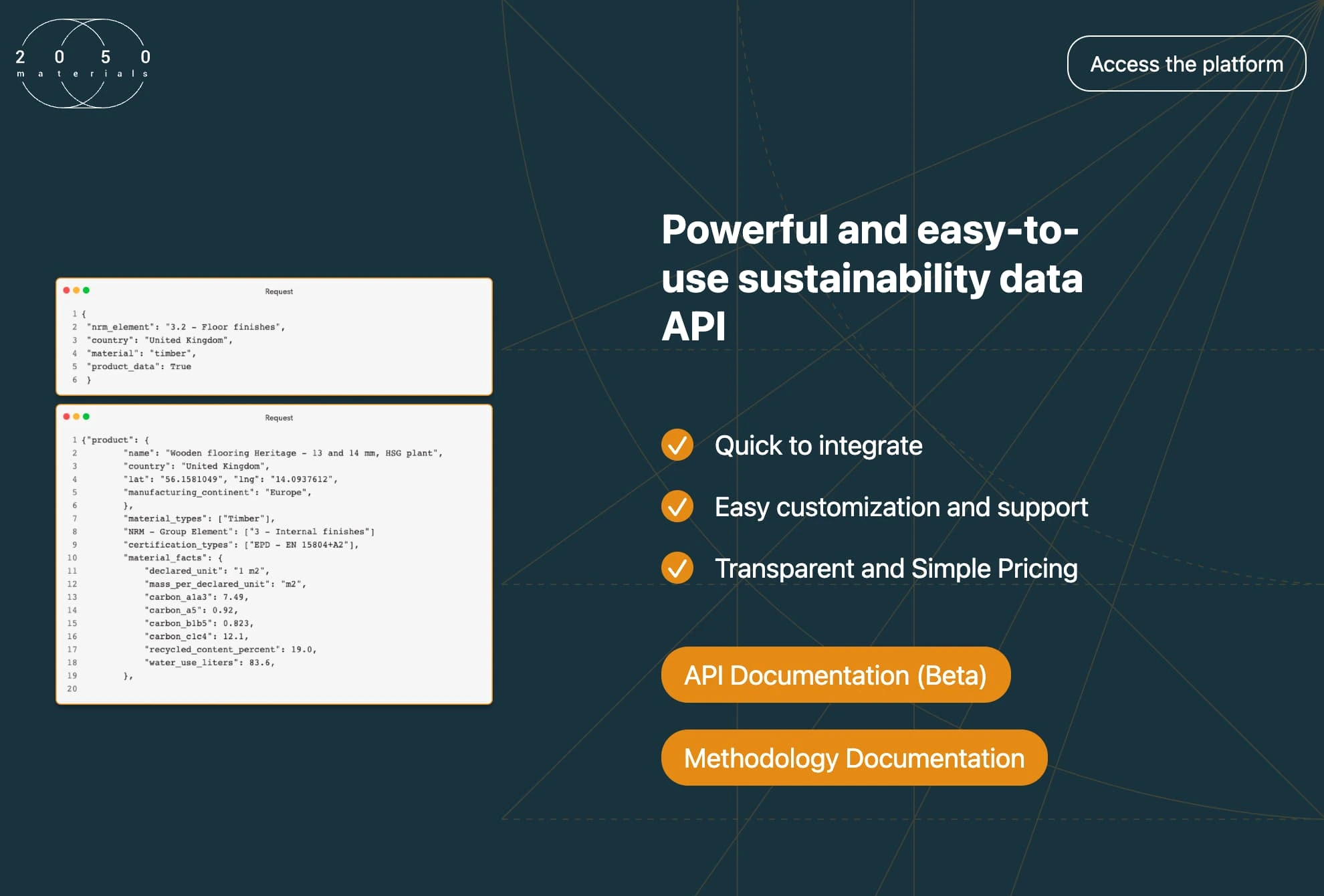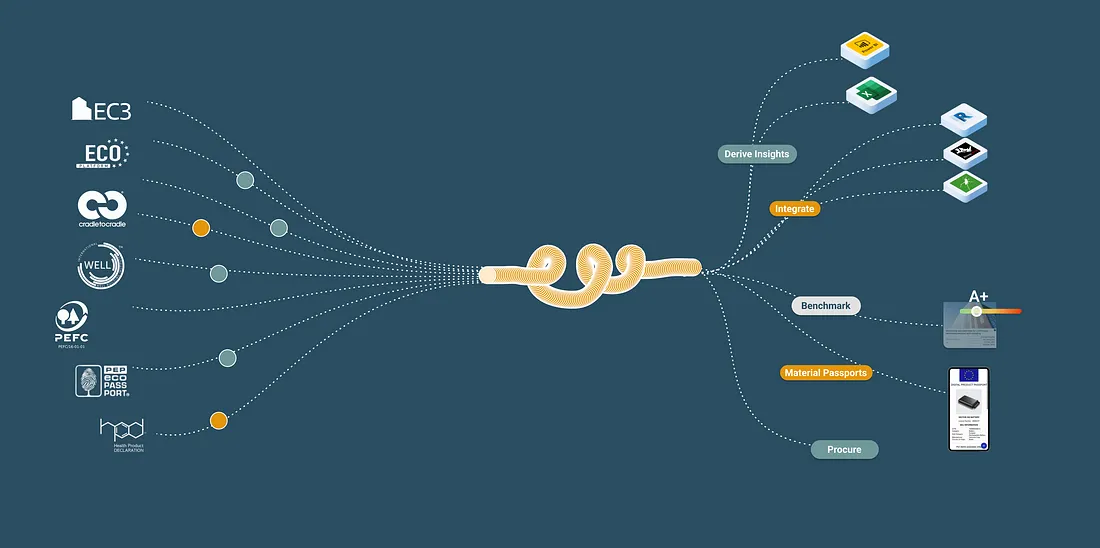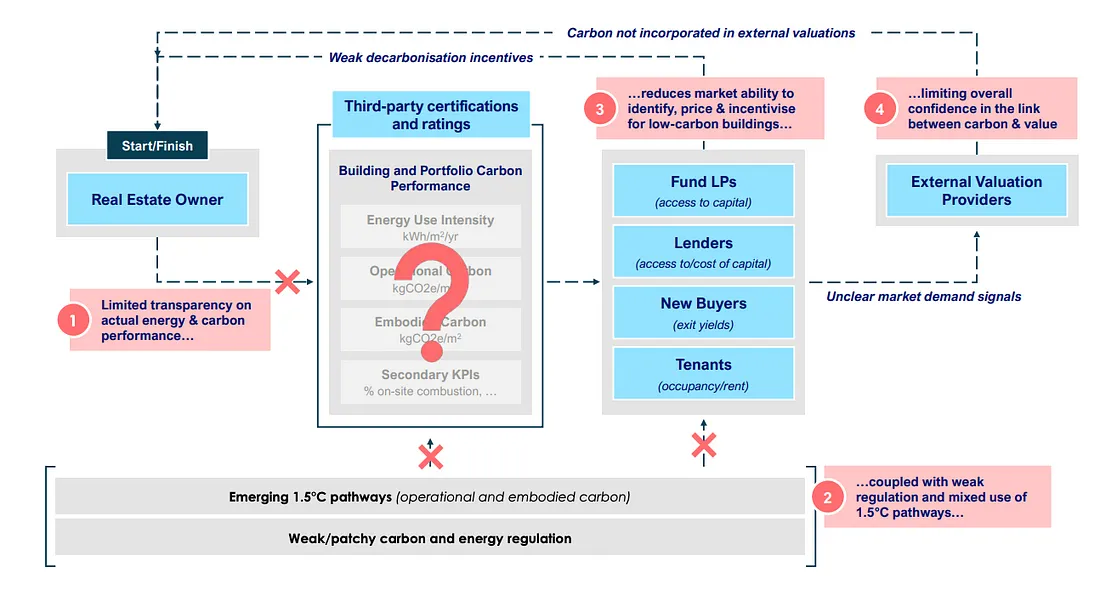Data First, Technology Second: There’s No AI Without Good Data
Introduction
We’ve all heard the buzz: AI is the future, especially in industries like Architecture, Engineering, and Construction (AEC). But what people often forget is that AI is only as good as the data it feeds on. Let’s get straight to the point: without quality data, even the most sophisticated AI is useless.

Generated with a (dyslexic) DALL·E 3
The AEC Industry’s Data Problem
In the AEC sector, data is booming. From blueprints to material specs, there’s a digital record for almost everything. But here’s the issue: while the amount of data is exploding, its quality and the way it’s formatted are going downhill. We’re talking about fragmented information that’s not standardized, making it a nightmare for anyone who wants to do something useful with it.
Quality Over Quantity
Just having a lot of data isn’t enough; it needs to be good data. Inaccurate or badly formatted data can lead to wrong decisions, waste of resources, and even failed projects. What’s the point of having AI to analyze data if the data itself is flawed? It’s like building a house on a shaky foundation; it’s bound to collapse.
The Importance of Data Transformers
This is where dedicated data-focused sectors come into play. In the AEC industry, we need experts solely dedicated to gathering, formatting, and verifying data. These are the people who will make AI not just a flashy term but a real, valuable tool for building efficiently and sustainably. In simple terms, they clean up the mess and make the data usable.
Data-Driven Sustainability
Especially when it comes to sustainable construction, having reliable and consistent data is crucial. We’re talking about accurately calculating the embodied impact of different materials to make eco-friendly decisions. The only way to leverage AI for sustainability is by first ensuring that the data it uses is spot-on.
So, what now…?
The message is loud and clear: focus on the data first, and the technology will follow. Only when we sort out the data mess will we be able to fully harness the power of AI in the AEC industry. So, before we jump onto the AI bandwagon, let’s first make sure we have the fuel to keep it running: quality data.
Let’s put data first, and technology second, for a more efficient and sustainable future in construction.
How 2050 Materials helps
At 2050 Materials, we get it: good data is the cornerstone of sustainable and efficient building. That’s why we’re laser-focused on creating the most comprehensive and high-quality database of climate data around building materials.

Get access today
Using AI-powered algorithms combined with bottom-up Life Cycle Assessment (LCA) calculations, we’re making sure the data is not just abundant, but also accurate and useful. With our API-first approach, we integrate this crucial sustainability data seamlessly into digital design processes, enabling real-time impact calculations. We’re not just data providers; we’re long-term partners committed to leveraging technology for a more sustainable built environment. By putting data first, we’re making sure technology serves its true purpose: to build better, not just faster.
Related articles

The Age of Integration — 10 Examples of Integrating Carbon Data in AEC, and Why They Matter
By integrating carbon data into the target-setting process, stakeholders can base their goals on real, actionable data, leading to more effective and sustainable project outcomes.
Read more
Net Zero is a Data Integration Problem
In recent years, numerous organizations in real estate and infrastructure have committed to ambitious net zero targets. This means reducing reliance on non-renewable energy and materials and adopting more sustainable design, engineering and procurement practices.
Read more
Tapping into the Low-Carbon Real Estate Market
This article is based on a paper by Leaders of the Urban Future (LOTUF) in partnership with Systemiq and highlights the required steps to decarbonizing in the real estate sector for a greener future.
Read more